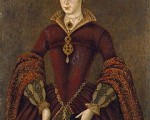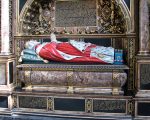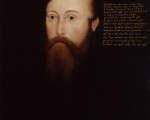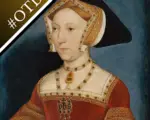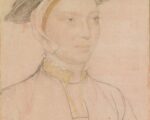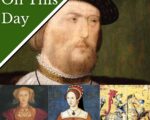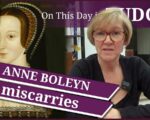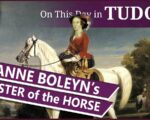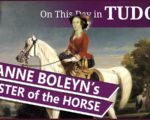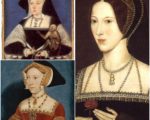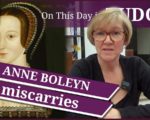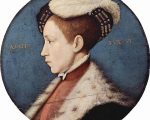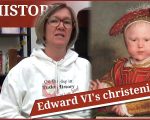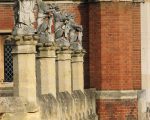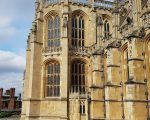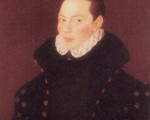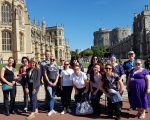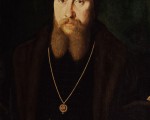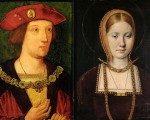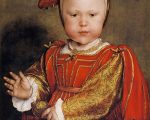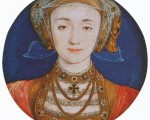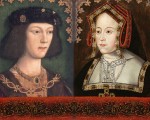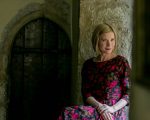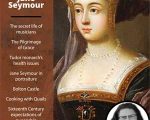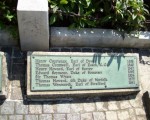Anne of Cleves was born on 22nd September 1515 in Dusseldorf to John III, Duke of Cleves, and his wife, Maria. Like Henry VIII’s first wife, Katherine of Aragon, Anne was born into a highly influential and politically active family. Her sister Sybille was married to the Elector of Saxony, and her brother, Wilhelm, became the future Duke of Cleves-Burg, and would be instrumental in negotiations regarding her future marriage.
Anne was born during the volatile reformation period, resulting in reforms against traditionalist Catholicism, which was spreading through western and northern Europe. Her mother has been described as a conservative Catholic, however, her sister Sybille’s husband was a renowned Lutheran, often given the epithet ‘champion of the reformation’, and a good friend of its founder, Martin Luther. Anne was originally intended to be married into the House of Lorraine when she was eleven in 1527. There were numerous negotiations regarding the union, but nothing was cemented, and by 1535 all official wedding discussions had essentially been rejected, leaving the desirable duke’s daughter available on the European marriage market. Henry VIII and his council were searching for a new wife after the death of Queen Jane Seymour in 1536, with rumours of a possible union with the Duchess of Milan. The French had aligned themselves to the Habsburgs and signed a ten-year truce in 1538 (although this never lasted), cementing a union between Europe’s two major Catholic powerhouses. Cromwell, Henry’s leading minister at the time, suggested a counter alliance with a Lutheran house in Germany, even though Anne’s family were relatively mild in their reformist views. Cromwell was aware that England was potentially vulnerable to a Franco-Habsburg invasion, and influenced the king that negotiating with the newly appointed Duke Wilhelm (Anne’s father had died in 1539) would be a successful diplomatic adventure, that would ensure the prosperity of England against foreign invasion.
[Read More...]
